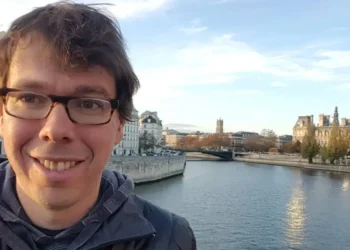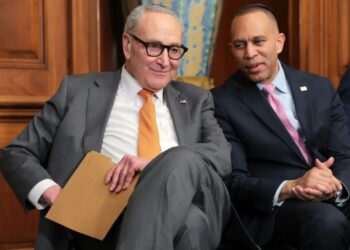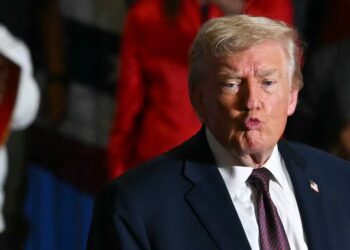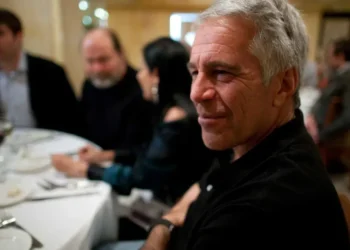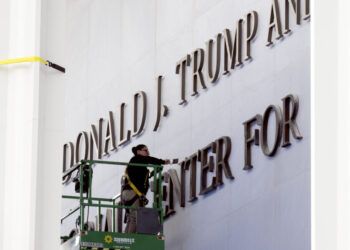I was a senior leader in Big Tech, and I’m worried by middle managers losing jobs. They’re essential — if you know how to use them.
Antin once had to lay off more than 25% of his team. Courtesy of Judd AntinJudd Antin spent 10 years...
Dem senator sends MS NOW hosts scrambling with mention of Trump check to Epstein
Sen Chris Coons (D-DE) sent the hosts and producers of MS NOW’s “The Weekend” scrambling after he pointed to a...
Brace for and blame Congress for another looming government shutdown
Brace for another government shutdown early in the new year, as the GOP’s narrow majorities and the Democratic base’s deep...
Katharine McPhee reveals the hardest part of touring with husband David Foster
Katharine McPhee says the most challenging thing about being on tour with her husband, David Foster, is the pair not...
I wanted to be perfect like my grandmother. Then she asked me a question that changed my approach to life.
The author's grandma was a perfectionist. Courtesy of the authorMy grandmother's terminal cancer diagnosis taught us both to let go...
Trump, 79, Swears He Never Mentions Women’s Looks
President Trump told an audience of confused supporters on Friday that since he entered politics, he “never” mentions how a...
Doctors Catch Cancer-Diagnosing AI Extracting Patients’ Race Data and Being Racist With It
Just when you thought you heard it all, AI systems designed to spot cancer have startled researchers with a baked-in...
Avatar Changed Cinema—For About Three Years
There’s a scene near the start of Avatar: Fire and Ash that sums up the premise of the franchise, and...
The bags successful women carry on and off the clock
Getty Images; Tyler Le/BISuccessful women rely on stylish, functional bags to carry their work supplies and daily essentials.Some prefer simple...
‘This is about what comes next’: DC insider lays out Trump’s new deflection on Epstein
The Guardian reports President Donald Trump’s politicized Justice Department is trying to obfuscate the president’s ties to notorious sex-trafficker Jeffrey...
